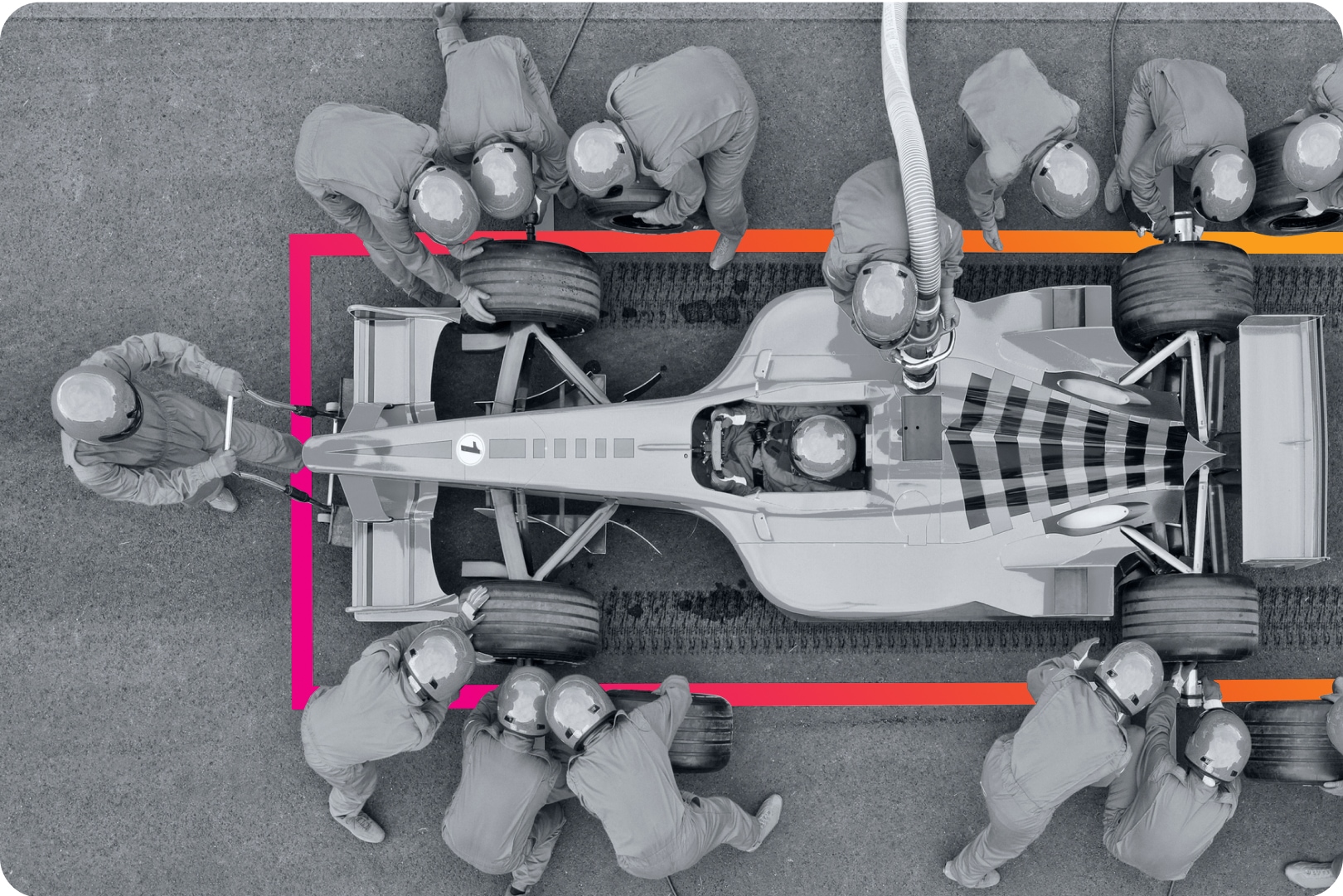Achieving digital resilience needs a new, flexible, and above all, active approach to change. This positive approach must start with education, ensuring that everyone from the board down understands that digital infrastructure is the foundation of every business, and that foundation needs defending against attackers and failure. Publish guidelines on using cloud services of all kinds that are easy to find and easy to follow.
For more technical work, including software development, server and network configurations, automation can centralize responsibility. Deploying hardware configurations and the software running on them together enables us to set common, stable security rules that do not require human intervention. Easier and safer.
Finally, observability tools enable network and security operations to monitor changes across the infrastructure they manage. No more relying on people updating those diagrams, but a live, dynamic view reflecting the true state of the network and what is connected to it.
Put these elements in place and your organization can begin to master digital resilience. And with that, overall business resilience.
Richard M. Marshall, the Principal of Concept Gap in Scotland, has over 30 years of experience in software design and innovation. He is a battle-hardened entrepreneur, has written hundreds of thousands of lines of code, launched products, raised funding, and spent 5 years as a Gartner analyst. He writes and lectures widely on software development, mobile, low code, web tools and AI with a flair for bringing the hype down to earth and helping clients become smarter innovation adopters. Richard holds a PhD in Computer Science from the University of Edinburgh. For fun he writes fiction and practices Parkour.





